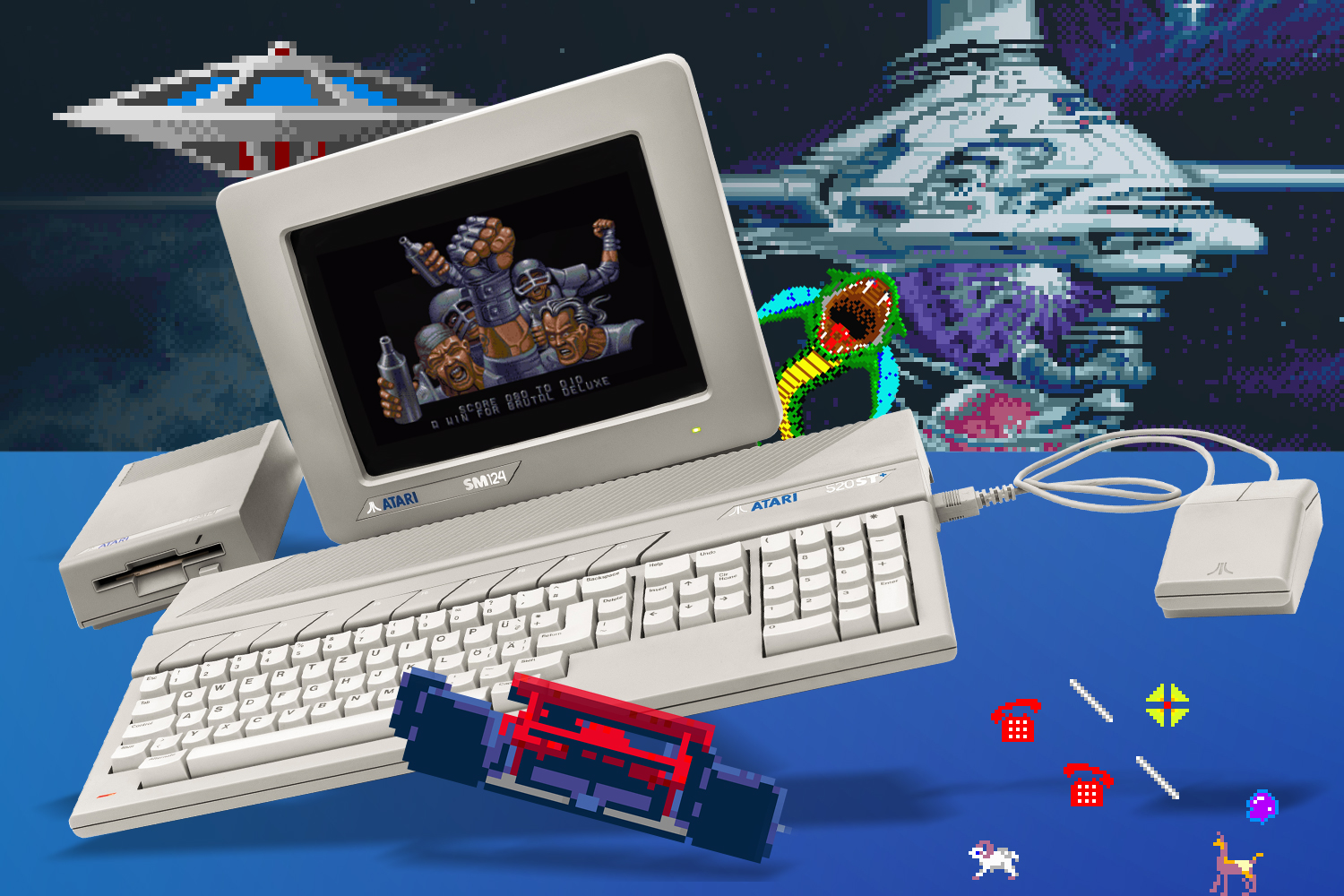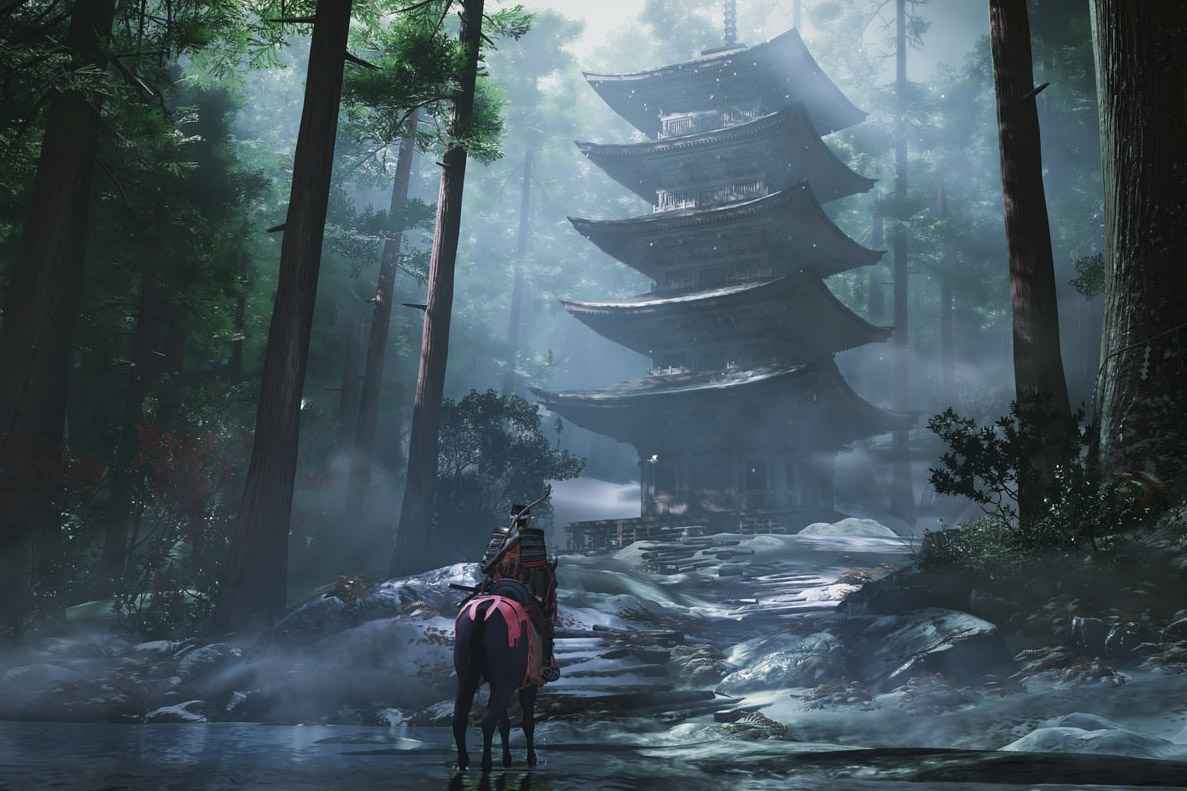Break out the birthday cake and your MIDI cables, because the Atari ST turned 40 this summer. Launched in 1985 as Atari’s answer to what was next in home computing, the 16-bit micro was part games machine, part serious workhorse, and part accidental rave enabler.
Wait, the Atari ST? Isn’t that what people had when they couldn’t afford an Amiga?
Oh, that’s what Amiga owners wanted you to think. But while Commodore’s machine beat Atari’s on specs, the ST was no slouch. The GEM interface set it up for work as well as play, there were loads of top games that blazed far beyond anything anyone had seen before on a home micro, and built-in MIDI ports made the ST a synth player’s dream machine. If you spent the late ’80s dancing in warehouses, a lot of those songs were made on the Atari ST.
Hang on… you’re telling me Atari’s beige box invented techno?
Well, not the machine itself – the artists did have to do some of the work themselves. But this is where Cubase and Creator (which later evolved into Logic) were born. Because of these apps and the ST’s rock-solid MIDI implementation, everyone from Depeche Mode and the Pet Shop Boys to Fatboy Slim used it to smash out hits – and all without sacrificing their bank accounts to the Apple gods. Those MIDI ports took things even further too, being responsible for the rise of deathmatch gaming.
Huh? Is there some oddball musical version of Quake I don’t know about?
Not quite. The pioneering MIDI Maze used those ports for its 16-player mode, so you could play with all your ST-owning friends. It wasn’t Quake, just a simple maze game where you blasted 3D smileys that looked like Pac-Man rejects – fitting for the acid house era. Sadly, it couldn’t last: the ST was soon eclipsed by PCs. But it’s nice to imagine that, every now and then, Fatboy Slim gets his Atari down from the loft and murmurs into its MIDI input: “I have to celebrate you, baby. I have to praise you like I should.”
Six of the best: Atari ST games
The ST arrived before the Amiga hit the mainstream. Its games initially bridged 8- and 16-bit fare, before quickly becoming far more ambitious. Although the ST lacked the Amiga’s muscle, it kept pace until piracy kicked Atari’s ambitions in the MIDI port. But for those initial glorious years, the ST pumped out hit after hit. Our six slots are geared towards what really gave the ST its swagger. That means exclusives and firsts rather than cloning our Amiga list. (But all those games were great on the ST too.)
Oids (1987) mashed up Thrust, Choplifter and Asteroids, and had you juggle gravity, inertia and laser fire while rescuing hapless slave droids. This tense, twitchy arcade game was also an ST exclusive until some scallywag reversed engineered it for the Amiga decades later. Tsk.
Starglider 2 (1988) was sold on a disk designed to work on the ST and Amiga. Sometimes it even did. Fortunately, the game itself was reliably amazing, providing hours of gobsmacking shooty space action that held up pretty well when compared to the Amiga version.
Llamatron 2112 (1991) was an early shareware title that found seminal games creator Jeff Minter revelling in the power of a 16-bit machine, reimagining Robotron in his own inimitable style. Cue: noisy levels packed full of very silly foes and numerous furry beasties to rescue.
Dungeon Master (1987) was a flagship title that became the ST’s best-selling game, along with laying the groundwork for all manner of 3D dungeon crawlers. It lacks the Amiga port’s sampled sound, but, hey, you can always make those noises yourself.
Vroom (1991) started life on the Sinclair QL but roared on to the ST in fine form. Blisteringly fast and fun to play, it wrenched Pole Position into the modern day, leaving other ST racers in its dust. (Well, apart from Stunt Car Racer. We still love you, SCR!)
Speedball II (1990) didn’t start out on the ST, but its futuristic punchy take on handball held its own on the Atari. It even managed to smoothly scroll that massive metal pitch in a way that made ST footie games seethe with envy – until they got a metal ball to the face.











